International Heritage Centre blog
The 'Old Coat'
The 'Old Coat'
Dear Reader,
When the time came to compose my next blog for the Heritage Centre, my thoughts immediately went to the mammoth collection of correspondence that I have been cataloguing these five months past. Our Booth-Clibborn (BC) personal papers collection totals at 32 boxes, 9 of which are stuffed full (in neatly organised and archival quality folders I hasten to add) of correspondence pertaining to Catherine and Arthur Booth-Clibborn*, along with some of their ten children and thirteen grandchildren.
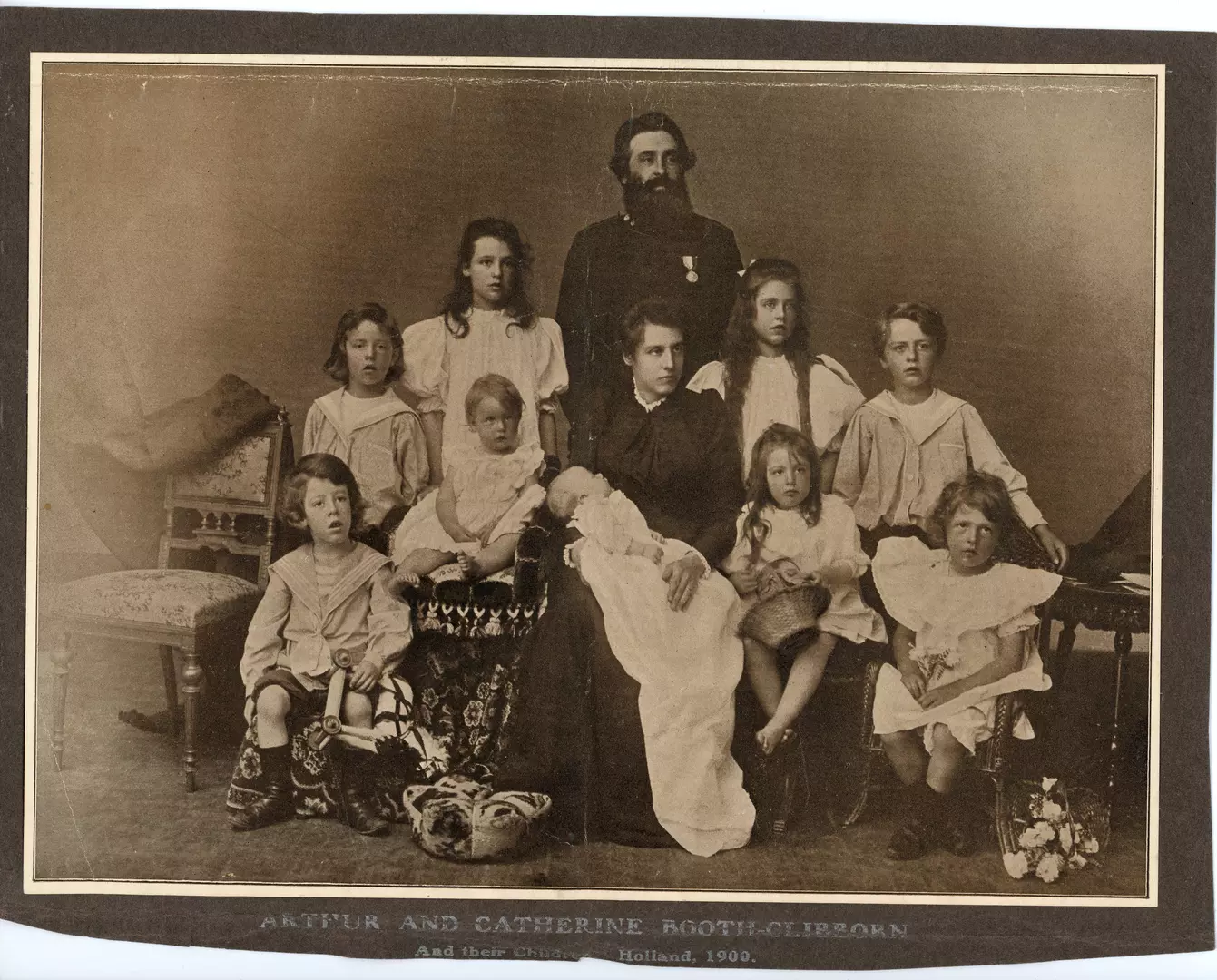
Cataloguing these previously untouched papers has taken me on an enlightening and somewhat entertaining journey through the lives of these individuals, revealing some unexpected character traits and stories that have deeply enriched our understanding of this family…

After overcoming the initial confusion of the Victorian custom to give multiple generations the same name - which makes the experience of reading such correspondence files similar to that of navigating the character structure of Wuthering Heights - I was struck by the intimacy of these letters and the candidness of the way in which this family communicated with one another. Despite having studied British culture at the turn of the nineteenth century and having found repeated evidence that those in Victorian and Edwardian society were not as naïve and prudish as they strove to appear, I still found myself surprised at the down-to-earth and transparent tone of these letters. As well as discussing matters of faith, Salvation Army events and daily life, the family also revealed unexpected and what many people today would still class as ‘sensitive’ ‘private’ or even ‘taboo’ issues such as mental illness, physical ailments, personal weaknesses and family conflict. These frank discussions and free exchange of information - sometimes intimating more than I would care to have known… – add depth to our knowledge of the early history of The Salvation Army and the Booth family; but even more than that, reading through these letters really gave me a sense of getting to know the personalities of these individuals.
One subseries of correspondence that particularly resonated with me was a six letter dialogue between Catherine Booth-Clibborn and her younger sister Evangeline Booth, which I can most accurately describe as a sisterly squabble about a coat; more specifically - ‘Old Coat’.
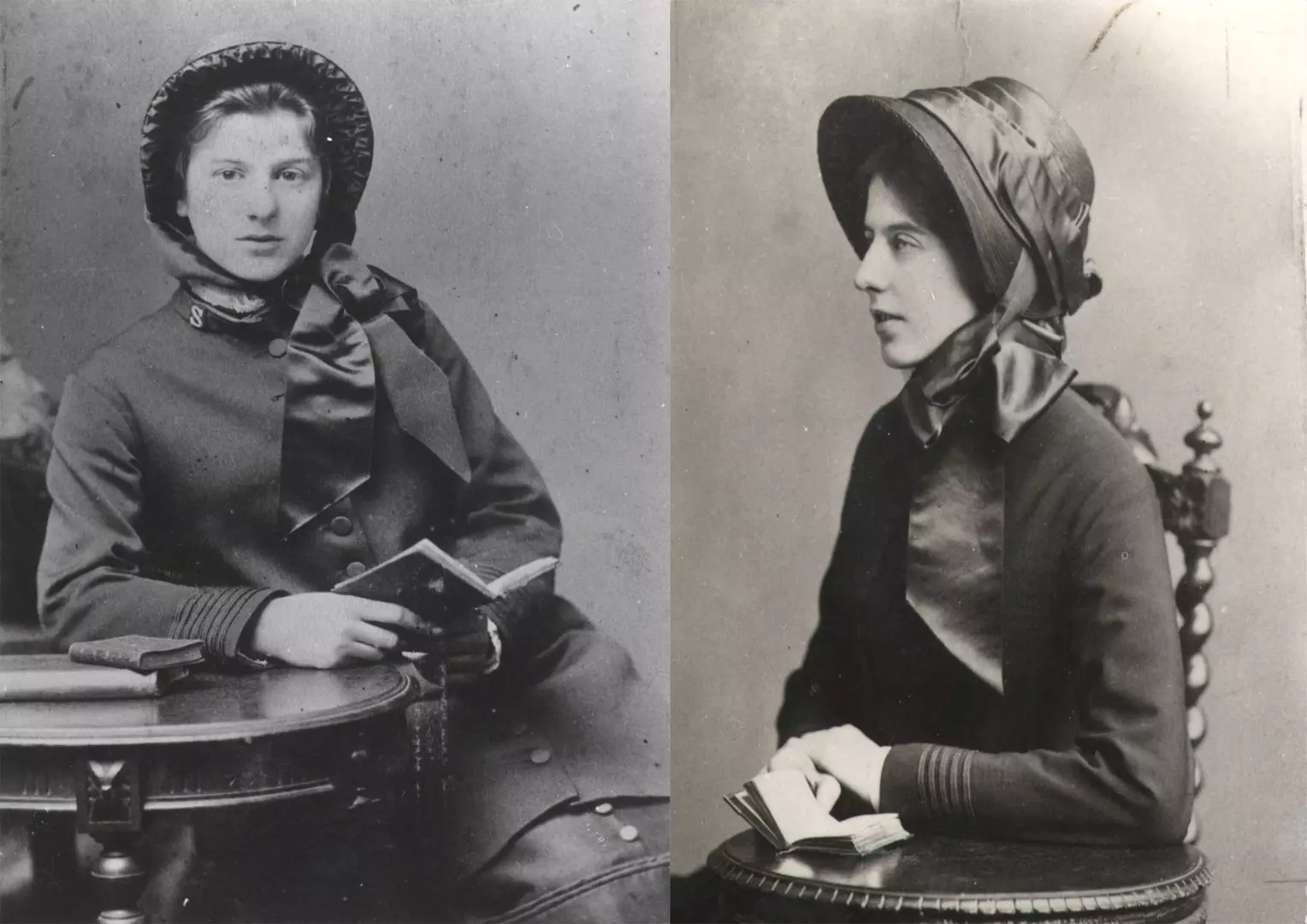
Evangeline, as the first female General of The Salvation Army, and Catherine, the adolescent pioneer of Salvationism in France, at first thought, seem distant and formal figures. However, whilst the sisters’ letters to one another are resolutely constructed according to literary formalities and courtesies of the time – with ‘unchanging affection’ and ‘tender love’ - the all too recognisable tone of sibling rivalry brings a rather humorous and ‘human’ character to their communication.
On 15 May 1939, Catherine petitions her sister, to please return to her, a fur coat that Evangeline had acquired via their fellow sister, Lucy Booth.
She writes:
‘My dearest Eva…Surely you will not misunderstand me…I have been troubled about my coat…it must come back to me, the owner…the coat has sacred memories…I would not give it to anyone…I have not many friends, as you have, and I could never buy one…Your tenderly loving sister.’
Stressing her ownership of the coat, its irreplaceable importance to her, and her inability to purchase another, Catherine’s confident, firm and ‘let’s clear up this misunderstanding’ tone demonstrates a slightly condescending attitude toward her sister, which inevitably ignites a defensive response.
Evangeline replies:
‘My dear Katie…Of course you shall have the coat…you must have misunderstood…it is the only fur coat I have, or ever have had, or shall ever be able to have and I did appreciate its warmth…You will remember that in the Army we do not encourage or receive presents except from relations…mine has not been the soft and easy path that you would seem to think…my life has been such a stormy one...Yours in unchanging affection.’
Evangeline’s martyred tone rings with a feeling of injustice, and; despite acquiescing to Catherine’s request, Evangeline’s decision to ‘remind’ Catherine of the rules and regulations of The Salvation Army in light of Catherine’s desertion which left her cut off from most of her family and remained a source of unhappiness to her throughout her life, strikes as a cruel retaliation.
This exchange continues for a further four letters in which, to a certain extent, Catherine rises above the provocation, recognising the situation as a misunderstanding but in return does in kind remind Evangeline of The Salvation Army’s prohibition of fur and expertly closes down her complaints of hardship with an equally theatrical and what has to be my favourite line of the entire collection: ‘You speak of your life being stormy, dear, and mine has been a hurricane!’
With a final effort to win the battle of martyrdom, Eva concludes the dialogue by reaffirming that Catherine ‘must have the coat’ but with the caveat that:
‘when you button up the collar, you must just say to yourself – Dear Eva – and be assured of my very tender understanding and sympathetic love’.

I feel I can almost hear the two sisters squabbling, pulling rank, self-suffering and any other justification possible in a bid to outdo one another and complete the exchange on the upper hand. At an initial consideration some might class these letters as insignificant personal correspondence that has little to do with telling the history of The Salvation Army, but reflecting upon the ‘tiffs’ that I have had with my own sister over the years – especially with regard to ‘borrowing’ clothes, which I have no doubt all sisters can relate to… reading these letters between Catherine and Evangeline brings home the reminder that working with historical documents in a capacity of care and formal research can make you forget that all of these documents, these objects, these historical artefacts, they were all produced by fellow human beings with the same emotions, thoughts and everyday experiences as we have in the present day. I think, and hope, I have succeeded in conveying the importance of such documents and the importance of not forgetting, or neglecting to engage with the human beings that created these items and bring them to life and significance both for the collections and for us.
Yours in unchanging affection,
Chloe
April 2019
* Catherine Booth-Clibborn was the eldest daughter of Salvation Army founders (William and Catherine Booth). She became Catherine Booth-Clibborn upon marrying fellow Salvationist Arthur Clibborn in 1887.
Read other blogs from the Heritage Centre
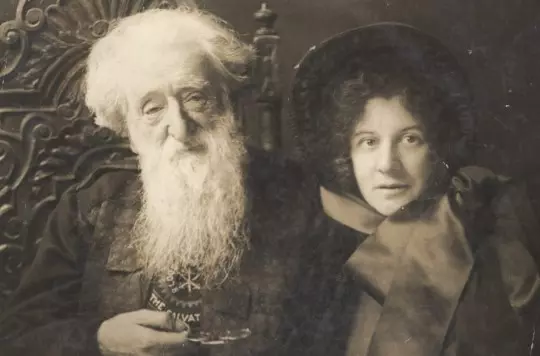
William Booth: The Man of Emotion
In our second guest blog, biographer Gordon Taylor shines a light on William Booth as a 'Man of Emotion'...
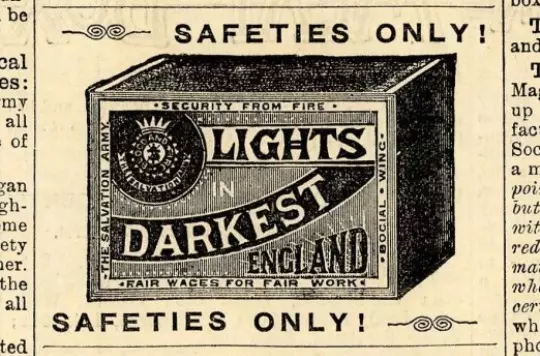
‘Matches and Morals’: The Salvation Army and Consumer Activism in the 1890s
The Darkest England Gazette gives an insight into The Salvation Army's promotion of its ethically-produced 'Darkest England Matches'...

A House Through Time: The Salvation Army at 5 Ravensworth Terrace
The Salvation Army International Heritage Centre was pleased to be involved in the research behind David Olusoga's BBC2 series, A House Through Time...
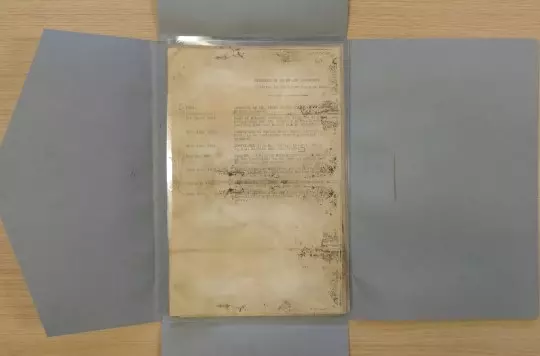
The Leeds Guardian Home Correspondence
The transformative treatment that this collection of papers received by The Sussex Conservation Consortium has allowed us to examine their contents...